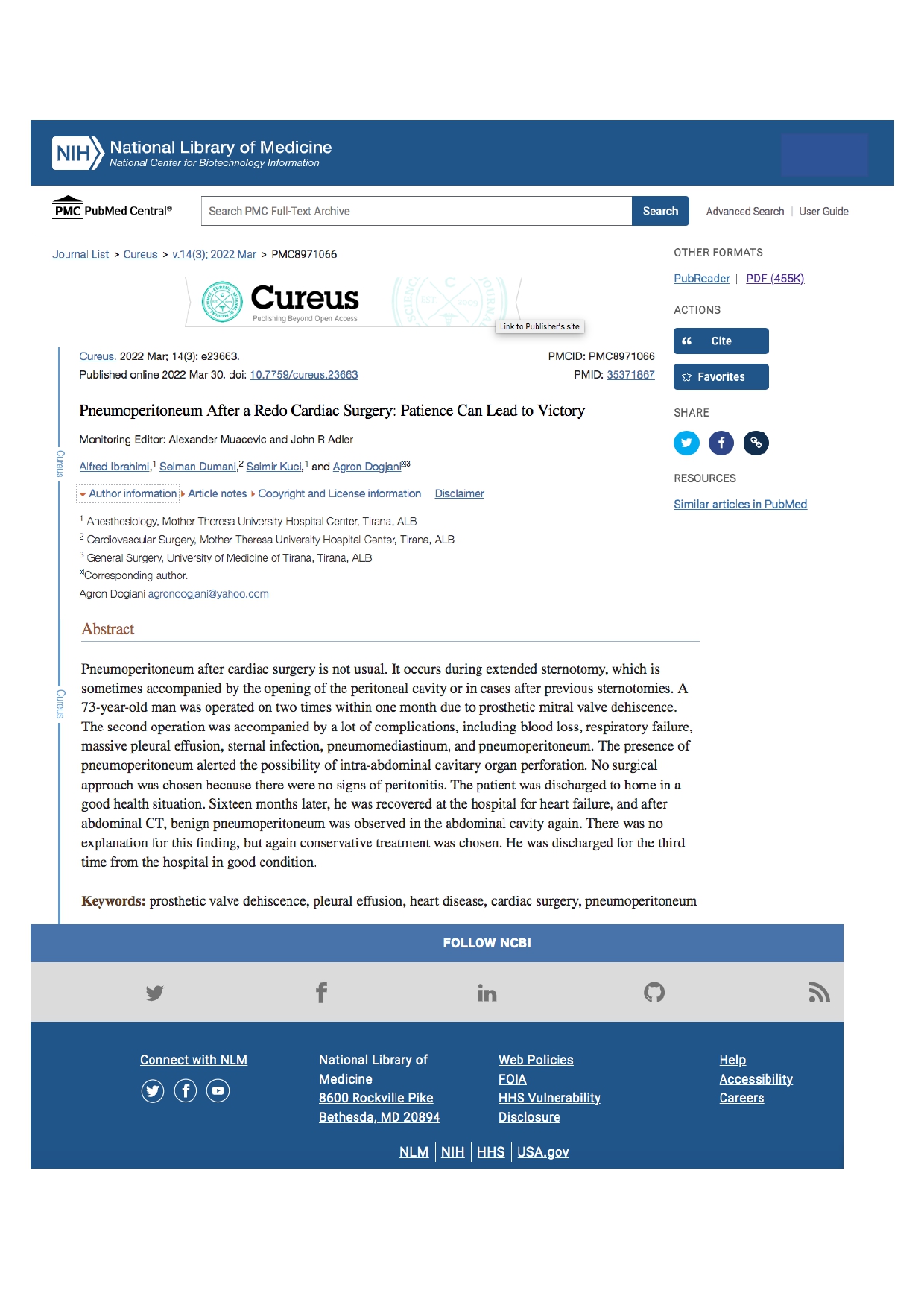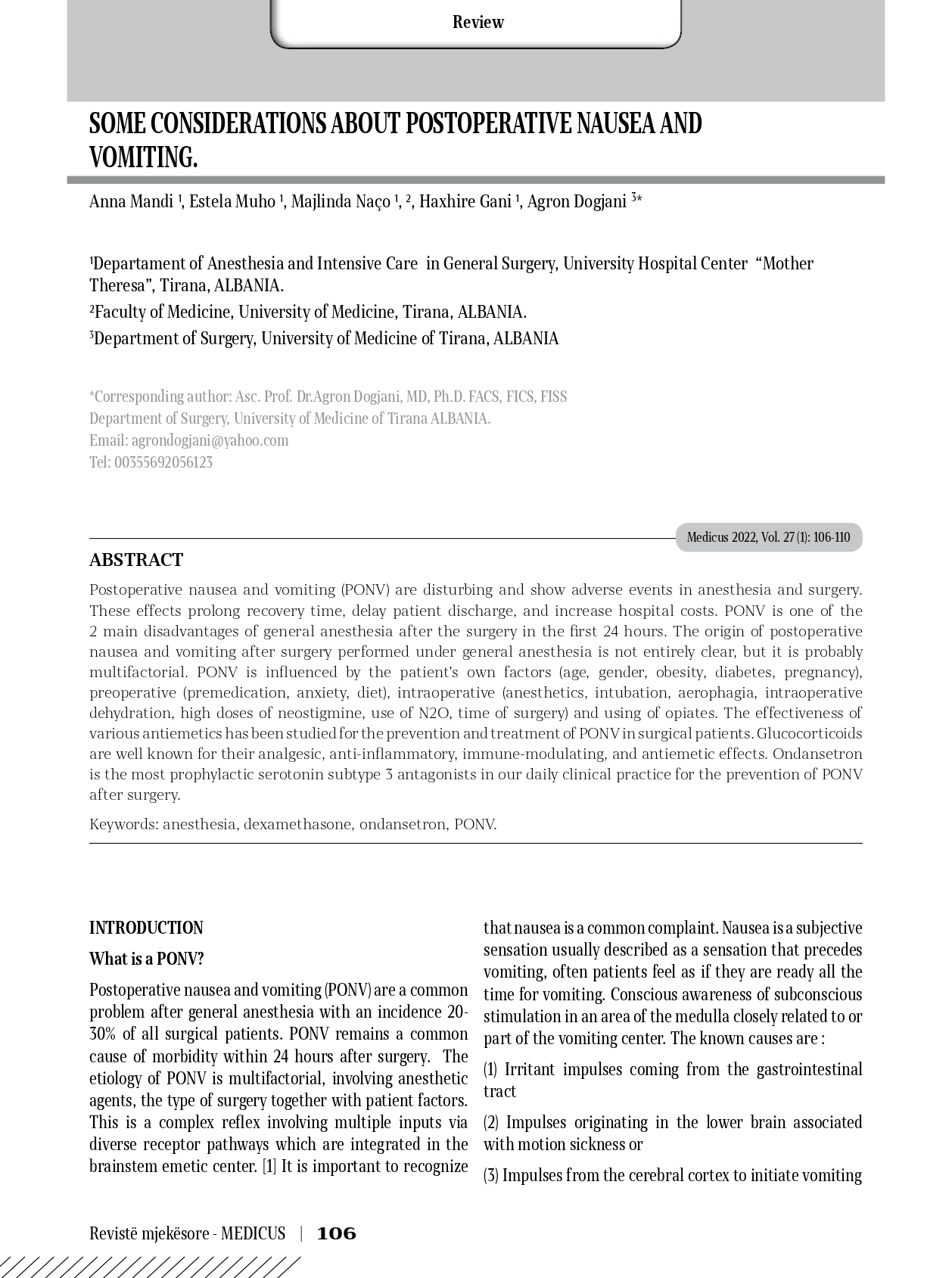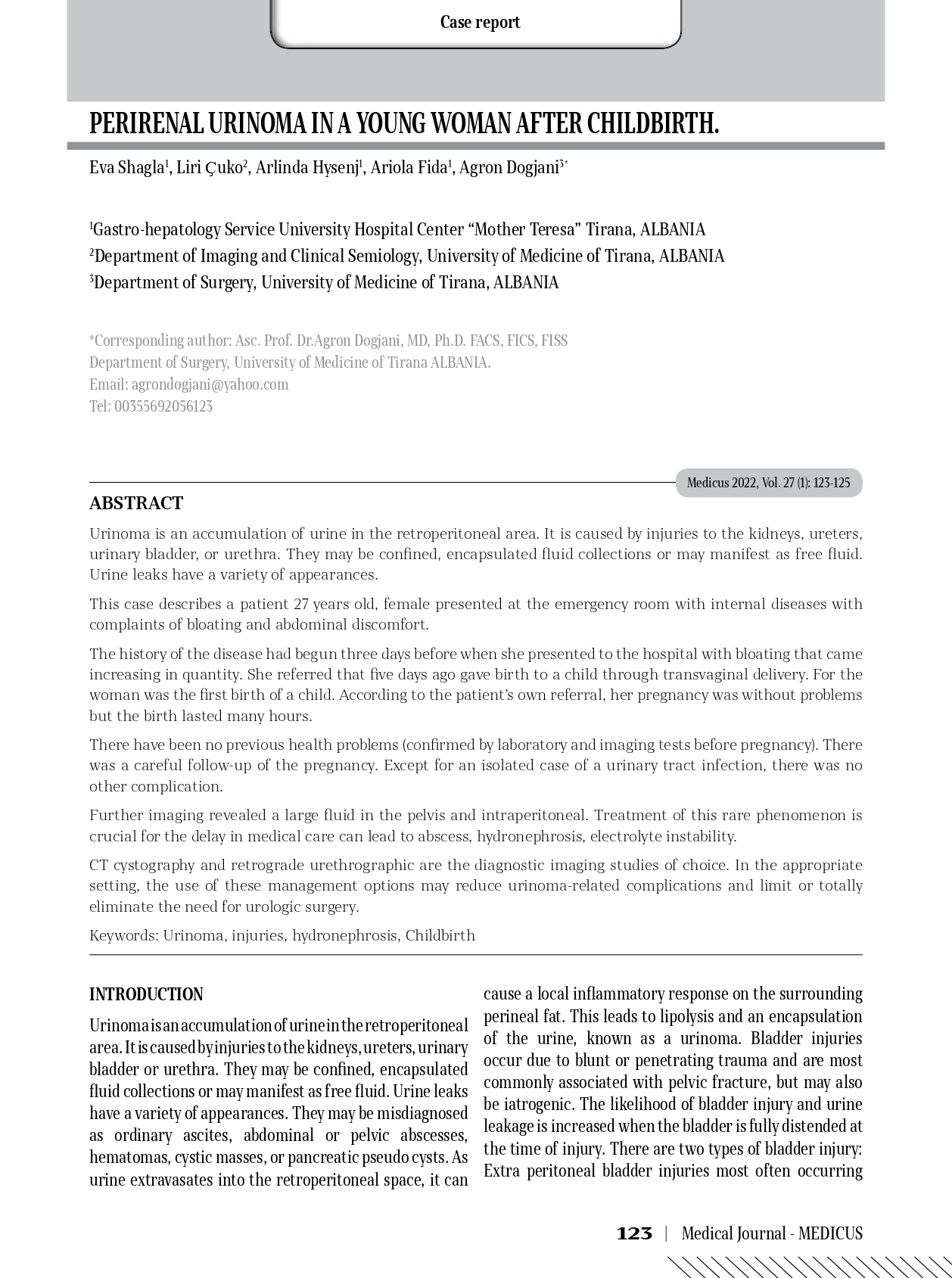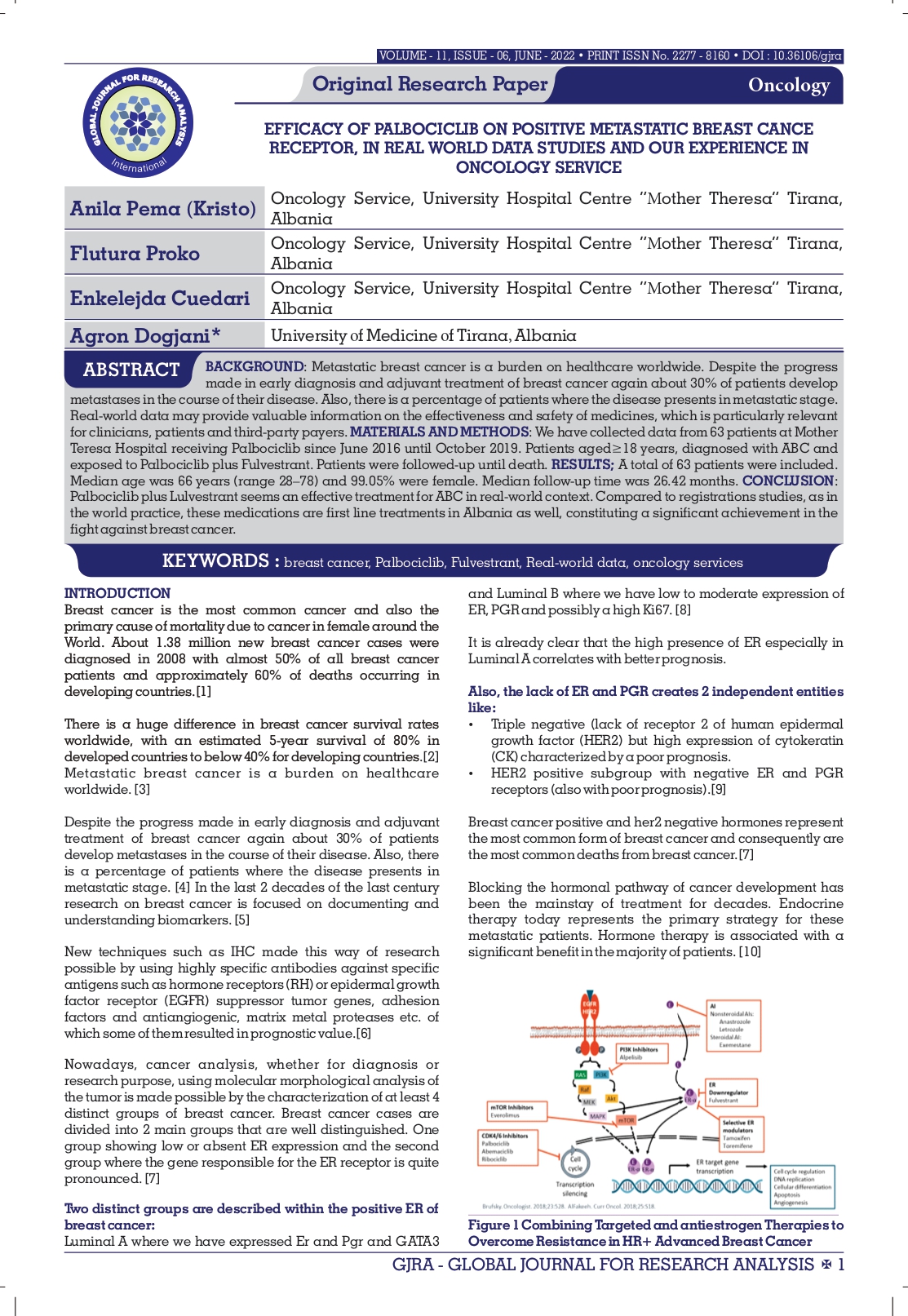Pneumoperitoneum after a Redo Cardiac Surgery: Patience Can Lead to Victory.
- Agron
- Published Articles
- Hits: 1166
Introduction; Pneumoperitoneum after cardiac surgery is not usual. It occurs during extended sternotomy, which is sometimes accompanied by the opening of the peritoneal cavity or in cases after previous sternotomies.
A 73-year-old man was operated on two times within one month due to prosthetic mitral valve dehiscence.
The second operation was accompanied by a lot of complications, including blood loss, respiratory failure, massive pleural effusion, sternal infection, pneumomediastinum, and pneumoperitoneum.
The presence of pneumoperitoneum alerted the possibility of intra-abdominal cavitary organ perforation. No surgical approach was chosen because there were no signs of peritonitis. The patient was discharged at home in a good health situation. Sixteen months later, he recovered at the hospital from heart failure, and after abdominal CT, benign pneumoperitoneum was observed in the abdominal cavity again. There was no explanation for this finding, but again conservative treatment was chosen. He was discharged for the third time from the hospital in good condition.
Conclusions Pneumoperitoneum is a rare finding during cardiosurgical operation. Based on the experience of our team, we consider prompt exploratory laparotomy, irrespective of the results of the diagnostic tests, as the only way to provide objective assessment and adequate treatment, leading to a dramatic reduction in the mortality rate. It is necessary to understand the origin of air in the abdominal cavity, because laparotomy may not always be indicated to deal with a pneumoperitoneum. Clinical data need to be taken into consideration in addition to the radiological data to make the appropriate treatment decision.
Keywords: prosthetic valve dehiscence, pleural effusion, heart disease, cardiac surgery, pneumoperitoneum







_thumbnail.png)




































